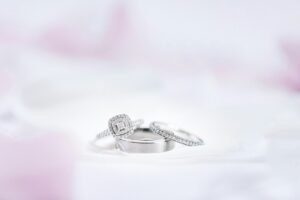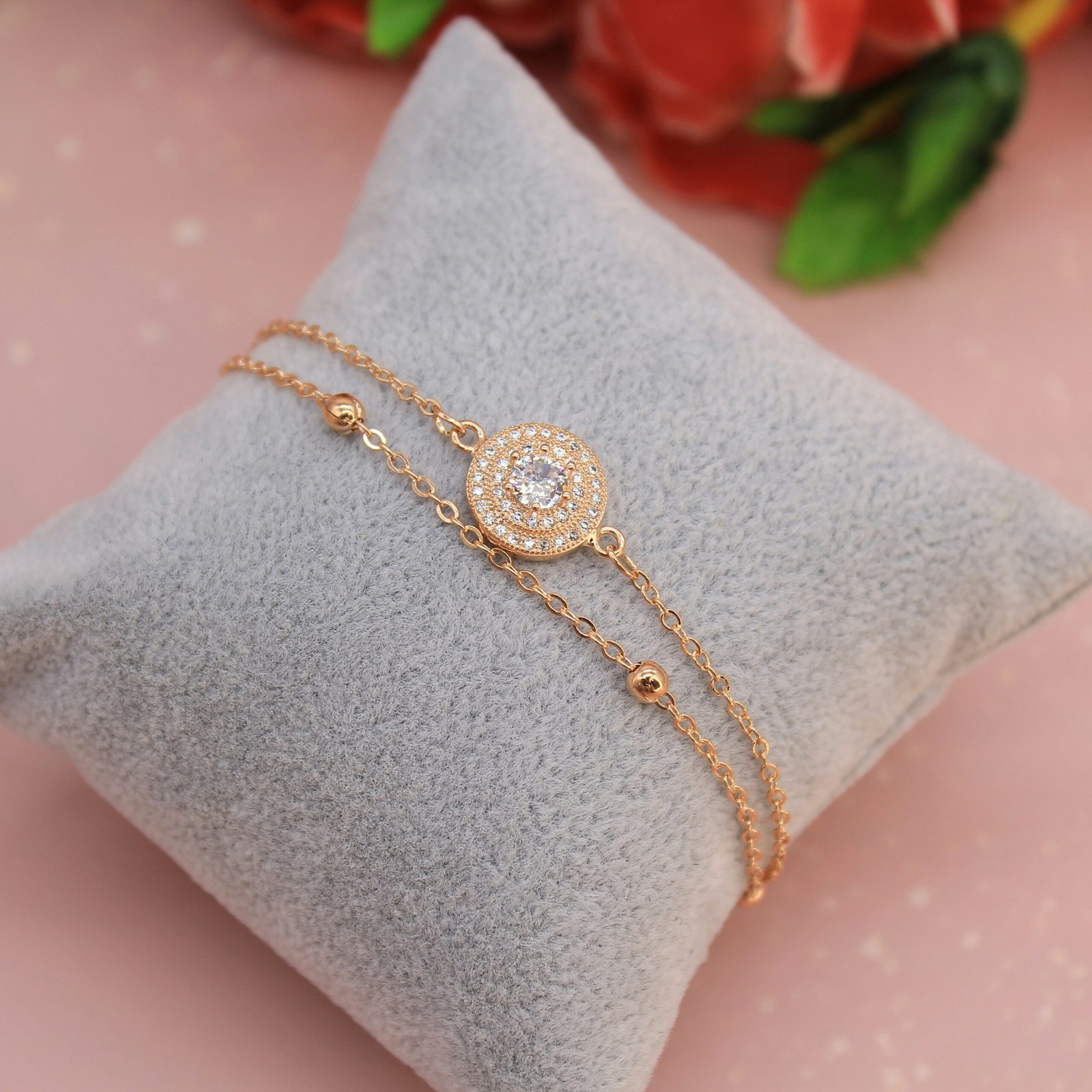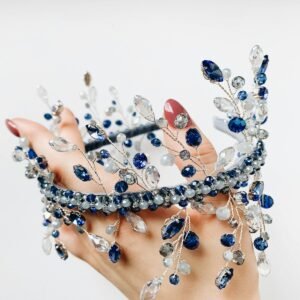The Rise of Diamond Bracelets: A Fashion Investment
Diamond bracelets are trending right now. From the vibrant catwalks of Fashion Week to the dazzling red carpets, these sparkling jewels have become essential pieces in modern jewelry collections.
When Zoe Kravitz arrived at the Kering Caring for Women dinner during New York Fashion Week, her diamond tennis bracelets instantly captured photographers’ attention. Dressed in all-white, she elegantly complemented her delicate evening gown with the eye-catching jewelry.
The Taylor Swift Effect
Kravitz, along with influential celebrities like Taylor Swift, champions ethically sourced diamonds. Thanks to Swift’s massive impact on pop culture, Google searches for “lab-grown tennis bracelets” have nearly doubled since last September.
E-commerce experts confirm that this surge in sustainable diamond searches surprises no one. Given the ethical concerns surrounding natural diamonds, many consumers now prefer lab-grown options.
While diamond fine jewelry continues to serve as a valuable investment, you should consider the benefits of investing in a lab-grown diamond bracelet.
Three Compelling Reasons to Choose a Lab-Grown Diamond Bracelet
- Timeless Appeal of the Diamond Tennis Bracelet
The diamond tennis bracelet boasts a timeless charm. Originating in the 1920s, this elegant piece adorned women in fancy dresses at social gatherings.
Moreover, the bracelet gained iconic status when Wimbledon champion Chris Evert famously wore it during her matches. In 1978, it officially became known as the diamond tennis bracelet. Today, athletes like Serena Williams frequently sport it on the court.
Thus, the versatility and effortless elegance of lab-grown diamond bracelets make them ideal statement pieces for any wardrobe.
- A Sustainable Choice
Consumer behavior is shifting dramatically. The lab-grown diamond sector is booming, with Statista projecting its market value will reach $52 billion by 2030.
While diamonds remain ingrained in our culture, perceptions are changing rapidly. More people recognize that synthetic diamonds possess the same qualities as natural ones.
In addition, Grown Brilliance highlights that consumers increasingly track the sustainability efforts of jewelry brands. Elements such as recycled materials and eco-friendly packaging matter significantly to clients.
Furthermore, cultured diamonds share identical chemical and physical properties with mined diamonds, differing only in their origin—lab-created over months rather than extracted from the earth.
Additionally, many natural diamonds come from conflict zones, raising significant ethical concerns. Consequently, the diamond industry faces challenging realities, with major companies like De Beers reporting drops in earnings due to the rise of lab-grown alternatives.

- Competitive Price Point
Earlier this year, De Beers announced price reductions for its lab-grown diamonds bracelets per carat. Many brands have followed suit, actively promoting synthetic diamonds as the preferred choice.
According to Rapaport, the fashion industry provides an ideal environment for lab-grown diamonds. As accessibility increases, brands eagerly explore these innovative products.
With synthetic diamonds priced from $500 per carat, consumers benefit from substantial savings. In contrast, naturally mined diamonds can range from $1,300 to $16,000 per carat.
Importantly, lab-grown gems undergo the same rigorous evaluations as their natural counterparts, receiving assessments based on the 4Cs: color, clarity, carat, and cut. The Gemological Institute of America (GIA) handles the grading and certification of all diamonds.
As technology advances, the costs associated with producing synthetic diamonds will likely decrease further. However, debates persist regarding the longevity of lab-grown diamonds in the market.
Ultimately, as celebrities continue to showcase these brilliant jewels, we can expect to see more of them. Consumers increasingly recognize the genuine value in choosing ethical diamonds. Investing in lab-grown diamonds transcends mere fashion; it signifies a commitment to a greener, more sustainable future.



